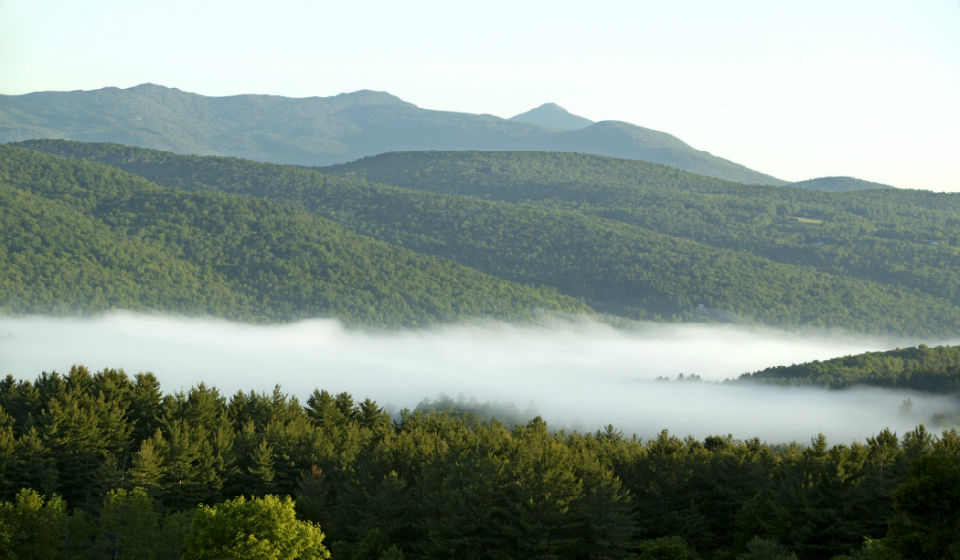Invasive Alder Briefing
Organization:USDAInvasive Alder Briefing –USDA Conservation Projects in Vermont
BACKGROUND
• USDA, along with USFWS and the Vermont Agency of Agriculture, has confirmed that an invasive
species of alder (European Black Alder, Alnus glutinosa) was planted in some riparian buffers
throughout Vermont, as opposed to the native version (Speckled Alder, Alnus incana) that was
specified in the planting plan.
• Riparian buffer plantings are used to help mitigate water quality concerns, and are funded by a
variety of USDA conservation programs.
• During the fall of 2013, staff from USDA, USF&WS and the Vermont Agency of Agriculture
investigated 79 sites where speckled alders were planted (plantings took place from 2005 –
2013) as part of a USDA funded conservation project.
• Of the 79 sites investigated, invasive alders were found at 36 locations.
• In all cases to be investigated, USDA specified that a native species of Alder (Speckled Alder,
Alnus incana) be planted.
• For all USDA forest restoration projects in Vermont, priority is placed on using native seedlings
produced from locally collected plant materials (seeds or cuttings) and from local nurseries.
• When local nurseries are unable to fill the orders with locally sourced native seedlings, local
contractors and/or local nurseries seek the desired plant materials from national suppliers.
• The non-native alder in question appears to have been provided by two different national
suppliers.
• It is extremely difficult to distinguish the native Speckled alder from the non-native European
alder at the seedling stage and it is particularly difficult at the time of planting, as the plants are
dormant and without leaves.
USDA RESPONSE
• In FY 2014, NRCS issued a temporary moratorium on using speckled alder on any USDA funded
conservation planting.
• Spot checks were conducted in three other states to determine if the presence of invasive alders
on USDA plantings was wide spread. Responses were negative.
• USDA has notified both nurseries of the problem. USDA has strongly urged both nurseries to
examine their stock before shipping alders in the future. Neither of the two nurseries involved is
located in New England.
• USDA will provide financial assistance to landowners (at 100% of the cost) to control the
invasive alders, and will also pay to replant trees or shrubs, where needed to achieve the
conservation objective.
• On some sites, only a few invasive alders were found and replanting will not be necessary.
However, on a few sites, several hundred European Black Alders were planted.
• USDA and/or partner staff in Vermont will make personal visits to landowners where the
invasive alders were planted to notify them that remediation is required and that USDA will fund
the remediation. The total cost of remediation is estimated to be less than $60,000.
• Remediation will be tailored to the individual site, and will include mechanical and/or chemical
control.
• Remediation should be complete by the fall of 2015.
• Going forward, VT NRCS has developed new policy that only locally-sourced native alder
seedlings can be used in plantings that are funded by USDA. USDA and/or partner staff have
visited local native plant nurseries to ensure their nursery stock does not include the invasive
version of alder.


